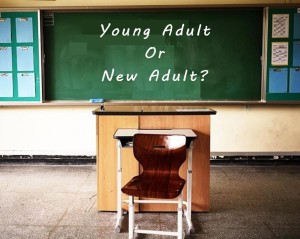 Genre fiction, originally referred to as popular fiction, has been around as long as there has been literature.
Genre fiction, originally referred to as popular fiction, has been around as long as there has been literature.
The idea of ‘genre fiction’ versus ‘literary fiction’ probably began its modern history in the 19th century with such authors of popular horror fiction as Mary Shelly, Edgar Allan Poe and Bram Stoker, and popular science fiction authors like Jules Verne, H.G. Wells and Edgar Rice Burroughs.
Here we are at the beginning of 2014 and countless changes have taken place, many since the turn of this century. On the literary scene it would seem we are in a state of constant change; the publishing aspect alone has been undergoing radical change, so quickly that it is almost impossible to describe before it morphs into something different again.
Some of the other changes include the increasing number of genre labels that sometimes seem to me a little obscure, with the assignment to the various categories certainly more subjective than objective. At least we do seem to have some say in regard to the classification of those constantly splintering genres, with a degree of choice as to where we might look for those readers: the ones lurking in their enclaves, waiting to discover and, of course, appreciate our literary endeavours. As Indies, we are free to write across whatever genres we choose but, by pigeonholing our work, are we selling ourselves short? Continue reading “Valid Criticism or Literary Snobbery?”
Like this:
Like Loading...
 As Indie authors, all the work we do in marketing and promotion goes toward just one thing: discoverability. If readers don’t know our magnum opus exists, how can they buy it?
As Indie authors, all the work we do in marketing and promotion goes toward just one thing: discoverability. If readers don’t know our magnum opus exists, how can they buy it?
 All these categories: Young Adult, New Adult, Adult… it can get confusing. Some may have graphic sex, some don’t, some shouldn’t. They all target different age groups. How can someone tell the difference?
All these categories: Young Adult, New Adult, Adult… it can get confusing. Some may have graphic sex, some don’t, some shouldn’t. They all target different age groups. How can someone tell the difference? A couple months ago T.D. McKinnon wrote a post for Indies Unlimited that discussed
A couple months ago T.D. McKinnon wrote a post for Indies Unlimited that discussed